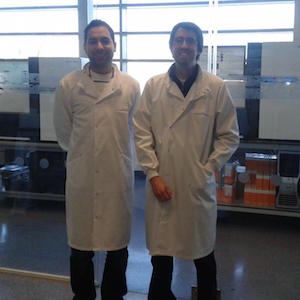Biomedical applications
Biomedical applications of cryobiology
By perfecting cryopreservation technologies, donor organs can be preserved earlier and with no further loss in viability, eradicating wastage through poor storage will save many thousands of lives. As progress continues in tissue engineering, vitrification could hold the key not only to long-term organ banking, but in storage of personalised lab-grown tissue replacements. Low-cost, long-term organ banking through safe, super-low temperature vitrification would equate to countless thousands of lives saved each year and lay the foundations for personalised tissue engineering and regenerative medicine.
Cryopreservation is a multi-billion market, including numerous fields and applications. The global vitrification market size is expected to reach $20.3 billion by 2027, according to Grand View Research, Inc.


Applications
Vitrification has applications in many areas. Potentially, vitrification may even allow for human cryopreservation (cryonics). While it remains in the realm of science fiction at present, reversible and safe human cryopreservation would be a revolutionary technological extension to the field of critical care.
In summary, advances in cryopreservation would be of immense importance to medicine to meet the demands of our ageing populations. It will be also critical for the development of emerging technologies, such as stem cell research and tissue engineering, and potentially human cryonics.
